Jeju National Museum (국립제주박물관)
2021-08-06
17, Iljudong-ro, Jeju-si, Jeju-do
+82-64-720-8000
Opened on June 15, 2001, Jeju National Museum is a history museum that displays, preserves and studies Jeju Island’s historical and cultural assets. Jeju National Museum houses various remains excavated from ruins, including meaningful relics from the prehistoric age through to the Joseon dynasty. It boasts unique traditional culture and holds special exhibitions each year.
Tteok Museum (떡박물관)
2021-09-29
71, Donhwamun-ro, Jongno-gu, Seoul
+82-2-741-5447
The Tteok Museum displays over 2,000 Korean kitchen utensils and tteok (rice cake) related items, arranged by various themes. The displayed utensils are handmade household necessities that are ingenuous, yet reveal the lifestyle of the working class. The elderly may relive fond childhood memories and the younger generation can experience the wisdom of ancestors through the rare kitchen utensils.
Charmsori Gramophone & Edison Science Museum (참소리축음기&에디슨과학박물관)
2020-07-08
393, Gyeongpo-ro, Gangneung-si, Gangwon-do
+82-33-655-1130
Charmsori Gramophone & Edison Science Museum combines a music museum focused on sound with a science museum focused on inventions by Thomas Edison. Opened in 1982, the museum offers over 30 years of history and tradition with over 5,000 collections including music related items and inventions by Edison. Some of the main facilities include four large exhibition halls, a large music room and an observatory with a view of Gyeongpo Lake on the third floor. Edison Museum on the first two floors has three exhibition halls with inventions, artifacts, daily supplies and more.
Jeju Folk Village (제주민속촌)
2025-03-17
631-34 Minsokhaean-ro, Pyoseon-myeon, Seogwipo-si, Jeju-do
Jeju Folk Village reproduces the old life of Jeju in the 19th century. More than 100 traditional Jeju houses and folk culture are being recreated and exhibited through archival research. The village is planted with local trees and flowers from Jeju and Korea, so visitors can enjoy flowers in all seasons. It features themed exhibition halls, model houses, and traditional folk games, attracting numerous visitors.
Seoul Art Center Gongpyeong Gallery (서울아트센터 공평갤러리)
2021-06-19
24, Insadong-gil, Jongno-gu, Seoul
+82-70-4214-0070
Opened in 1992, Seoul Art Center Gongpyeong Gallery is a 17,791㎡, two-story building with four exhibition halls. It is one of the main galleries of Insa-dong, displaying diverse artwork ranging from Western and Korean paintings to sculptures. Due to the great interest in Korean paintings, 2~3 of the annual long-term exhibitions focus solely on them.
Memorial Hall for Incheon Landing Operation (인천상륙작전기념관)
2024-03-07
138 Cheongnyang-ro, Yeonsu-gu, Incheon
+82-32-832-0915
Memorial Hall for Incheon Landing Operation is a museum commemorating the event where during the early stages of the Korean War (1950-1953), South Korean and UN forces, although initially pushed back by North Korean forces, landed in Incheon on September 15, 1950, under the command of General MacArthur (1880-1964), thereby reversing the tide of the conflict. The memorial hall features exhibitions related to the Korean War and sculptures depicting the Incheon Landing Operation. From the observatory, visitors can enjoy views of the Hwanghae Sea and the city of Incheon.
Dokdo Museum (독도 박물관)
2021-10-02
90-17, Yaksuteo-gil, Ulleung-gun, Gyeongsangbuk-do
+82-54-790-6432
Dokdo Museum was built in 1995 in commemoration of the 50th anniversary of the Independence of Korea and opened to the public in 1997. It exhibits the collection of Lee Jong-hak, the first director of the museum, as well as donations by groups associated with Dokdo.
The first floor has three exhibition halls and a Main Hall, while the second floor has one exhibition hall, natural ecosystem video room, lobby with a view of Dokdo, and more.
Mok-A Museum(MOKA) (목아박물관)
2022-09-01
21, Imunan-gil, Yeoju-si, Gyeonggi-do
+82-31-885-9952
Mok-A Museum, designated as intangible cultural asset No. 108, was established by Park Chan-su with the purpose of handing down traditional Buddhist art and traditional woodcraft techniques. The four-story museum contains an outdoor sculpture park.
The exhibition displays that remain include Buddhist statues, paintings, and sculptures, as well as the works of director Park Chan-su, including many Buddhist woodcrafts. The outdoor sculpture park displays Buddhist statues such as Mireuksamjondaebul, Birojanabul, Baeuigwaneum, and a three-story pagoda.
Gyeonggi Gugak Center (경기도 국악당)
2021-11-26
89, Minsokchon-ro, Giheung-gu, Yongin-si, Gyeonggi-do
+82-31-289-6400
Gyeonggi Gugak Center opened in July 2004 to promote various traditional Korean culture as well as vitalize the traditional arts. The center consists of a concert hall and educational facilities, constantly upgrading to become a cutting edge facility.
Yeoju Dojasesang (여주세계생활도자관)
2021-07-30
7, Silleuksa-gil, Yeoju-si, Gyeonggi-do
+82-31-884-8644
Yeoju Dojasesang, which opened in March 2002, displays functional ceramics. The museum, with its four exhibition halls, has been displaying ceramics shown at the Korean International Ceramics Biennale for the past 10 years.
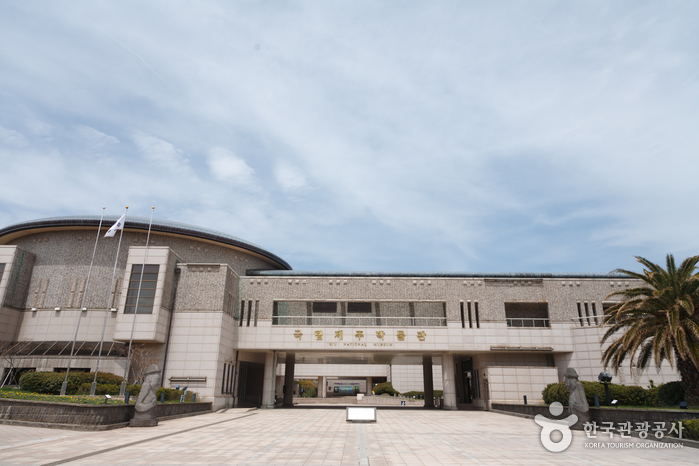
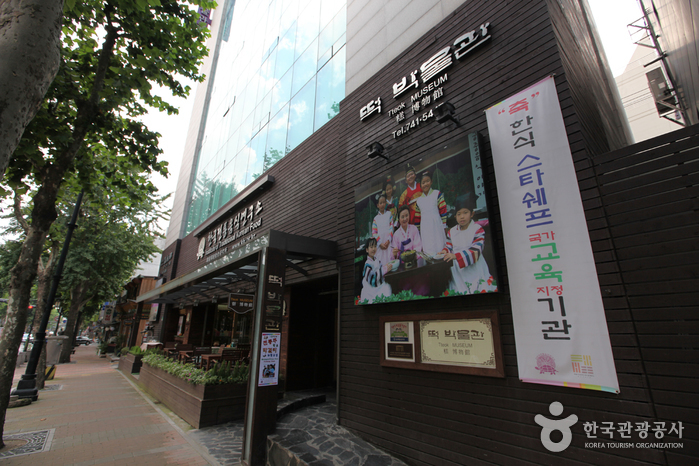
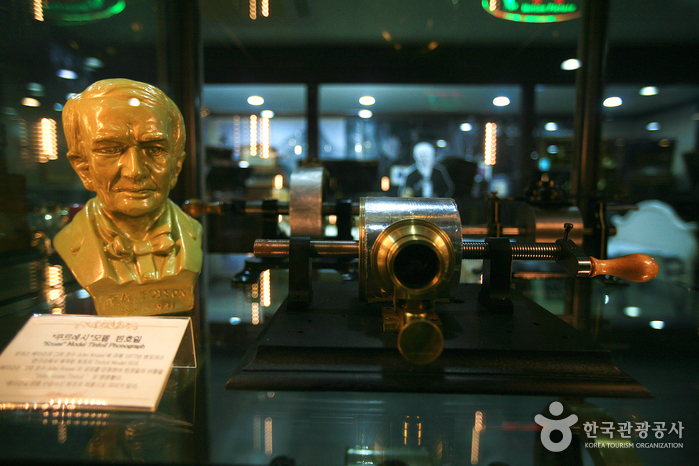
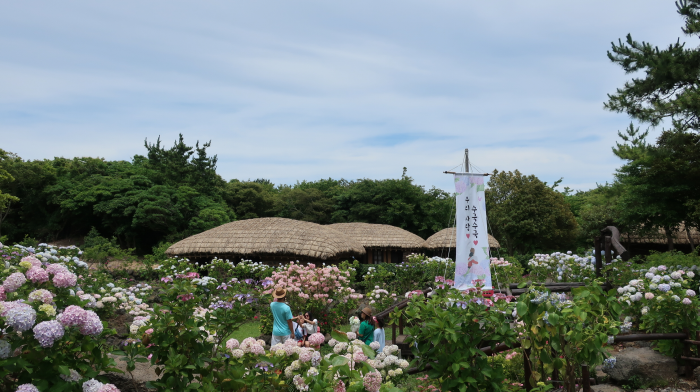
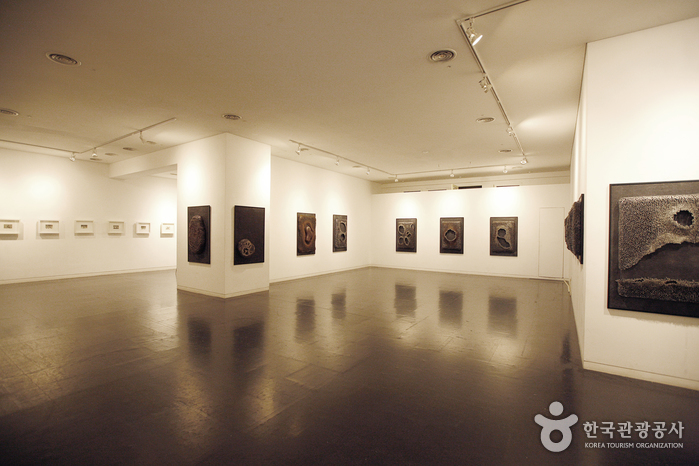
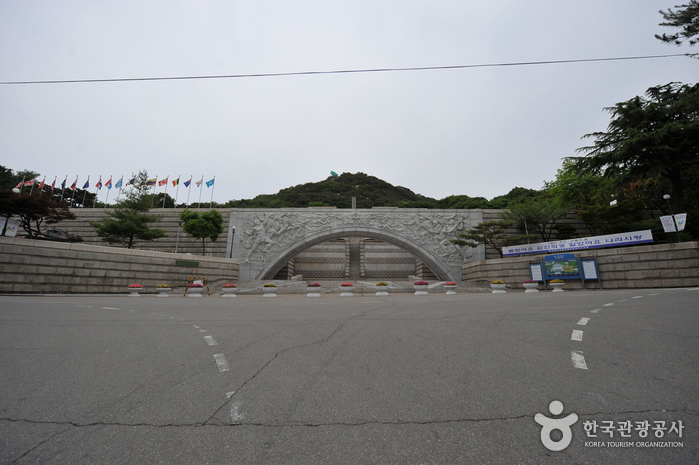
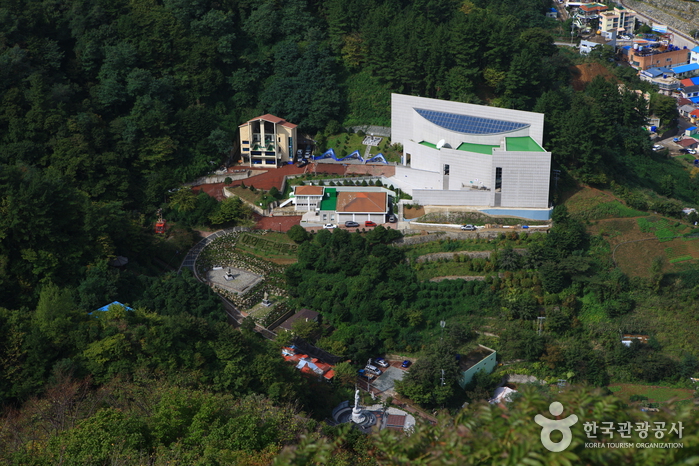

 English
English
 한국어
한국어 日本語
日本語 中文(简体)
中文(简体) Deutsch
Deutsch Français
Français Español
Español Русский
Русский